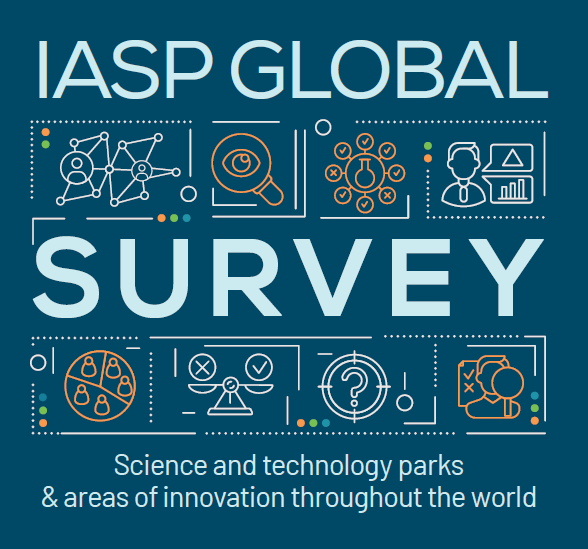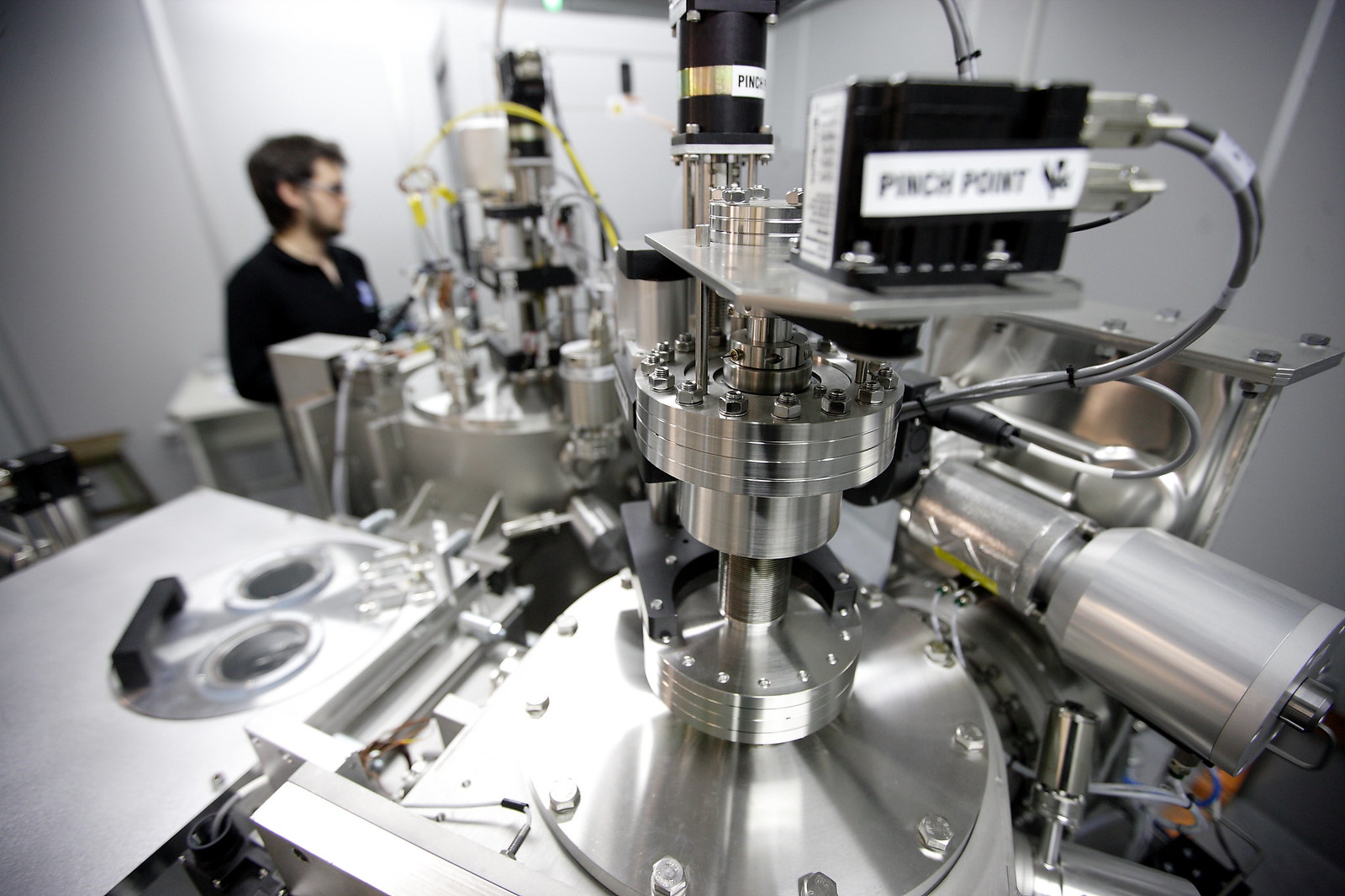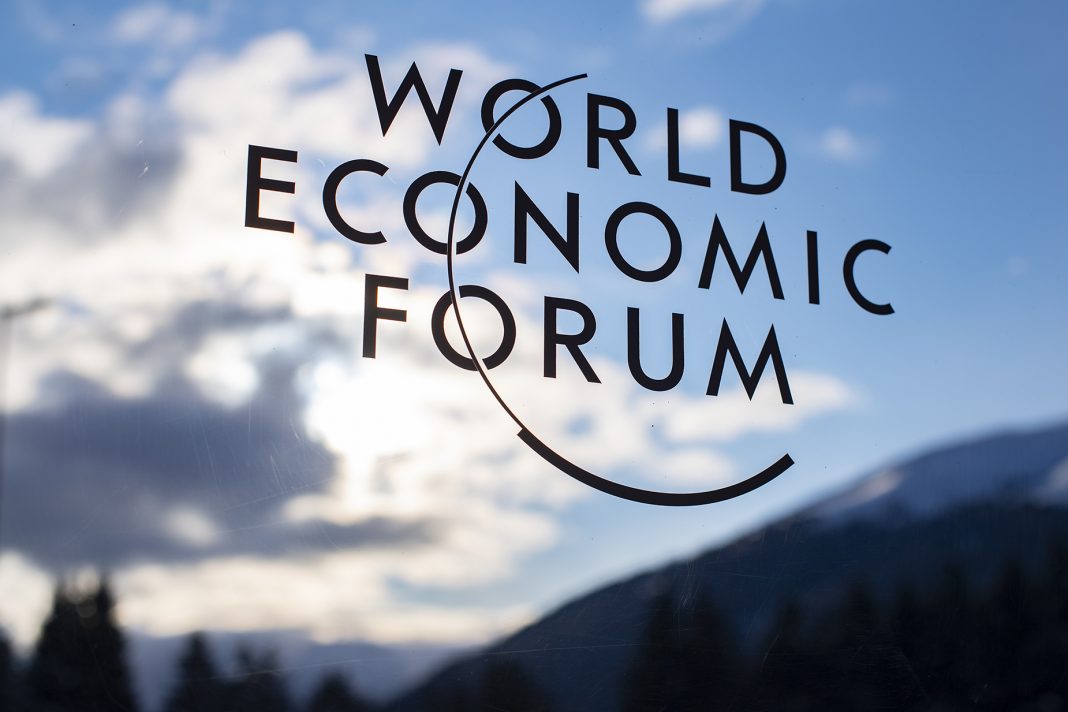News
Latest News
IASP publishes latest global survey
The International Association of Science Parks and Areas of Innovation (IASP) has released its latest Global Survey, a comprehensive report on the state of play and current trends in our industry. The data was gathered over the course of 2021…
RPTE home to tech turning CO2 into rocket fuel
The technology being tested WAINOVA member the Basque Country Technology Park Network (RPTE) – made up of Alava Technology Park, Bizkaia Science and Technology Park and Gipuzkoa Science and Technology Park – is currently home to impressive technological advancements in…
Trust in AI companies lacking
64% of people surveyed by Ipsos claim to have a good understanding of what AI is, but only half trust companies in the AI sector as much as other companies. These figures depend massively on the country, with just 41%…
WEF Chief Economists outlook
The World Economic Forum has launched its latest quarterly briefing. By building on the latest policy research and consultations with Chief Economists from the public and private sectors, it aims to summarise the current economic environment and identify areas where…
Space’s first ever science park
With science parks on every corner of earth, now is the time to take them into space! The George Washington Carver Science Park will allow scientists and industry experts share findings, collaborate, and use new technologies to advance both scientific…




